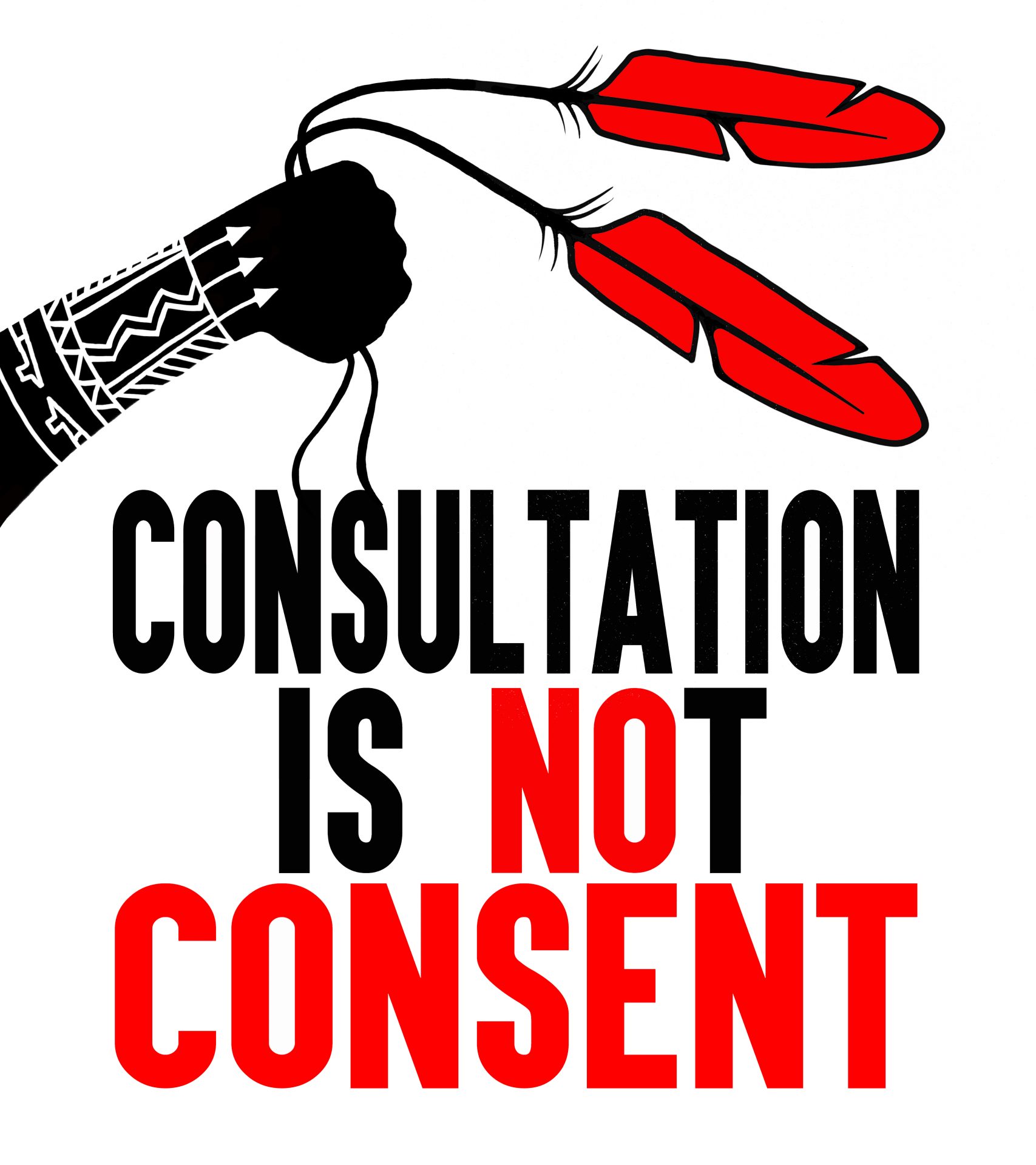
THE HISTORY OF CO-GOVERNANCE GLOBALLY ACTIONED LOCALLY IN NEW ZEALAND
In 1972 the UN Sub Commission on Prevention of Discrimination and Protection of Minorities commissioned a study on the issues around discrimination of Indigenous Populations The Study was completed in 1982
1977 A conference was held in Geneva to mandate all documents relevant to International Indigenous Movements. 25 Years prior to the UNDRIP being first introduced into the UN Assembly (2007) Much preplanning of the draft had taken place this involved. Governments, UN Agencies – Representatives of Indigenous Peoples – International Labour Organization (ILA) and Certain NGO’s. Namely: Argentina, Brazil, Canada, India, US, Nicaragua, Panama, Morocco, Sweden, North Yemen, The PLO and New Zealand
In 1993 The UN announced the “World Indigenous People Day being 9th August. .June 2006 the UNDRIP was adopted by the UN Human Rights Committee. The Purpose of the UN Declaration -This is laid out in the Declaration itself
Article 3 Declares Indigenous Peoples have a right to self-determination by virtue – To freely determine their political, economic, social, cultural status. Article 4 Have the right to autonomy or self governance relating to their internal and local affairs and financial autonomous functions. Article 5: Indigenous Peoples have the right to maintain, strengthen their distinct political, legal, economic, social, cultural institution. Retain their right to participate in the political, economic, social, cultural life of the State
Article (8e ) To stop any form of propaganda to promote or incite racial, ethnic discrimination against them. Self-determination of Culture-Identity-Education-Economic Development-Religious custom-Health-Language..NOTE: The UN Charter 1945 and the d International Covenant on Civil and Political Rights and other International Treaties. accords ALL peoples the Right to Self-Determination to seek their own destiny
The Declaration of Indigenous Peoples Rights (UNDRIP) was first introduced into the UN Assembly on 13th September 2007. NZ’s Representative (Rosemary Banks) addressed those present as to why New Zealand had decided to reject the UNDRI15.She said NZ has a system of ‘redress’ accepted by Indigenous and Non -Indigenous Peoples. Referring to the 1840 Treaty of Waitangi as the founding document of New Zealand which is significant in NZ’s Constitutional arrangements, laws, Government activity. That claims of over half on NZ land area had been settled. New Zealand has implemented most standards in the UNDRIP for many years. That are too difficult to implement
In 2010 John Key under the National Govt arranged for Pita Sharples (Co-Leader of the Māori Party) to travel to the UN Assembly where he adopted the UNDRIP on behalf of NZ. This was all done under a veil of secrecy.. All 4 countries that rejected the UNDRIP in 2007 have now adopted it.
WHAT SORT OF NATURAL RESOURCES WAS THE UNDRIP TALKING ABOUT? I went to NZ Government website to research what Natural Resources we have in New Zealand.. The Treasury report states describes NZ’s Natural Resources. Clean water, clean air fertile soil and a climate well suited to humans, tree’s, livestock, agriculture. Lengthy coastlines this means significant aquaculture resources. Significant petroleum reserves, extraordinary biodiversity on land and in out water bodies
HOW DOES OUR NATURAL RESOURCE WEALTH IN NEW ZEALAND COMPARE TO OTHER COUNTRIES OF A SIMILAR SIZE? A 30 Page Landcare Research Report Refers to NZ being a significant producers of Natural Minerals and Coal. Construction aggregate, oil, gold and silver. NZ is well documented for its minerals petroleum both onshore and offshore. NZ is well endowed with Aggregate, Clay, Coal – Natural Gas – Iron-sand- Minerals-Petroleum. Another 2 Page Government Report: Describes to ‘Incoming Ministers’ Natural Resources in NZ. Which states that: NZ is small country with a wealth of Natural Resources. Good access to water, productive land and biodiversity. These resources have helped New Zealand grow into a prosperous country. Has a strong Natural Resource base
The Treasury reported the following:-.Our Natural Resources are central to our cultural heritage . Māori draw their identity from the environment, exercise kaitiaki responsibilities over ‘Land and Resources’. “We have a responsibility to recognise cultural relationship in accordance with the Principles of Waitangi
NOTE: The World Bank estimated that NZ ranks 8th out of 120 countries and 2nd out of OCE countries in ‘natural capita’
PARLIAMENT REFERRED TO UNDRIP: 15th September 2007 Parekura Horomia (Minister Of Māori Affairs)s poke in Parliament In his speech he said:- That the UNDRIP is a ‘wish list’. Is ‘toothless’ offers indigenous peoples “no more than Aspirational’ statements. He referred to the same four provisions Rosemary Banks referred to at the UN. The UN Declaration is incompatible with NZ’s Constitutional-legal arrangements and the established Treaty Settlement Policy. References that Indigenous Peoples would own land that other citizens have legal rights to. Ignores contemporary reality, impossible to implement. The Declaration implies two classes of citizenship. He concluded the Maori Party need to get their heads out of the clouds, rather than pie in the sky talk. The Doctrine of Discovery’ is an International Law Its is centuries old. In simple terms the Doctrine of Discovery refers to the principle in International Law under which a Nation ‘discovers’ land, it directly acquires ‘Rights on that Land’. This still exists today
THE CONTENT OF THE UN DELARATION ITSELF..SPECIFICALLY RELATES TO CO-GOVERNANCE. The cabinet commissioned report He Puapua. A Co-Governance as the basis for a strengthened partnership between Indigenous Peoples and States, He Puapua was commissioned by the Labour Party in 2019. Described a pathway for NZ to meet its commitments under the UNDRIP. A roadmap for Co-governance by 2040 (VISION 2040). The UNDRIP proclaims the Rights of Indigenous Peoples as a standard of achievement to be pursued in a spirit of partnership and mutual respect exercise their rights to self determination, Article 4: Have a right to ‘Autonomy’ or ‘Self Government’ in matters relating to their internal and local affairs. Article 20 1. Indigenous peoples have the right to maintain, develop their political, economic and social systems or institutions, to be secure in the enjoyment of their own means of subsistence and development
Claire Charters is a NZ Iwi academic specialising in Indigenous Peoples Rights . In International and Constitutional Law. She has official UN Status. Represents the NZ Human Rights Commission. The authors of He Puapua are Claire Charters (Chair) ).. Waimirirangi Ormsby, Naomi Solomon – Gary Williams – Dr Jacinta Ruru; Also government officials who are Emily Owen -Judith Pryor – Kayla Kingdon-Bebb and Tāmati Olsen. At the forefront of He Puapua and its implementation plan is the Maori caucus I they are the dominant faction within the Labour Party and cabinet. National Iwi Forum, Claire Charters representing NZ Human Rights Commission and various MPs, – NGOs are key players. He Puapua is a projected dismantling of the basic features of NZ Society,. Adoption s racial divide, a domination of a certain minority over the majority. Recommends Co-governance between Iwi and the CROWN (Government). He Puapua recognizes and makes the claim that Iwi/Māori have the ability to exercise full authority over entire NZ lands, water and Natural Resources. (As described in the UNDRIP)
Prof., Elizabeth Rata Auckland University. Sociologist of Education. A former Fullbright Senior Scholar to Georgetown University Washington. Specializes in the ‘Effects of Ethnic Politics on Educational Change’. Authored an article for NZ Centre for political Research 4th July 2021. ‘THE ROAD TO HE PUAPUA-. She referred He Puapua to revolutionary change for New Zealand. She refers to three events 1985, 1986 and 1987 and the Treaty Of Waitangi partnership. The transformative restructuring of governance, recognizing Iwi self-determination. The co-governance laid out in He Puapua. The likelihood of claims for ownership of up to 50% of public assets, eg water, sea territories, flora and fauna, airwaves. The pathway to Ethno-Nationalism’. Firstly she refers to the 1975 Treaty Of Waitangi Amendment Act 1985. The recognition of Iwi/ Maori as the inheritors of Treaty settlements.
Reviving the tribe as a political and economic corporation. Secondly she refers to the creation of Treaty principles in the 1985 Amendment Act. Where Geofrey Palmer agreed to let Sir Hepi Te Heuheu insert a clause into the Act. “Nothing in this Act shall permit the Crown to act in a manner that is inconsistent with the principles of the Treaty of Waitangi (Section 9 of the State Owned Enterprises Act 1986. (Parliament defined the Principles in the Treaty. The Treaty did NOT create Principles.) Treaty principles, partnership has been used by successive governments of Crown (Govt) and Iwi.as opened the way for the so called ‘Partnership’ (Crown -Government- Iwi Partnerships). In legislations, policy making local and central govt, NGOs.
Thirdly the 1987 Court of Appeal where the judicial stated the Treaty established a relationship ‘akin to a partnership’ The Treaty did not create a Partnership the Judicial system did.. Of course this was quickly picked up and hastily used as it is today. By 1987 the Waitangi Tribunal, and Iwi Leaders Forum and other powerful Iwi Interest Groups have successfully achieved claiming ownership rights. ‘Partnership’ justification Of course another arrow for the He Puapua bow to entrench UNDRIP into NZ Society.
LINKS:
https://press.un.org/en/2007/ga10612.doc.htm
https://indigenousfoundations.arts.ubc.ca/un_declaration_on_the_rights_of_indigenous_peoples/.
https://www.landcareresearch.co.nz/assets/Publications/Ecosystem-services-in-New-Zealand/2_3_Christie.pdf
RESEARCH BY: Carol Sakey
-
-
Sunday - November 5, 2023 - INDIGENOUS COMMUNITIE
(13) - UN Declaration of Indigenous Peoples Rights
(18)





Leave a Comment